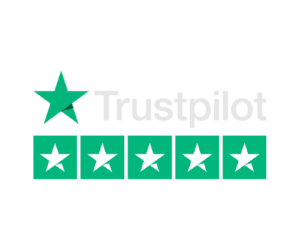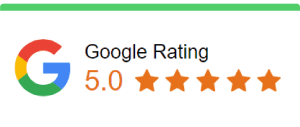Virtual events and webinars have become pivotal for brands to engage their audiences, share knowledge, and foster community. As these events grow in popularity, recording and repurposing content is essential. Here’s a guide to best practices for brands to follow when recording webinars and virtual events:

-
Preparation is Key
- Pre-Event Testing: Always conduct a technical run-through before the event. Check video, audio, bandwidth, and software compatibility.
- Backup Plan: Have an alternative way to record or stream in case the primary method fails.
- Content Preparation: Craft a clear agenda and share it with attendees in advance. This sets expectations and increases engagement.
-
Choose the Right Platform
- Prioritize platforms known for reliability, quality, and security.
- Ensure it has recording capabilities and provides high-quality output.
-
Optimal Video and Audio Quality
- High-Quality Equipment: Use a good camera and microphone. Avoid using built-in microphones from laptops.
- Stable Internet Connection: Wired connections are usually more stable than Wi-Fi.
- Control Ambient Noise: Record in a quiet environment. Inform others around you about the event to prevent disturbances.
-
Engaging Visuals
- Use slides, infographics, and animations to emphasize key points.
- Ensure visual aids are clear, high-resolution, and free from clutter.
-
Interactivity and Engagement
- Include Q&A sessions, polls, and interactive elements to keep the audience engaged.
- If you’re repurposing the recording, consider editing out long pauses or off-topic discussions.
-
Accessibility
- Offer closed captions or transcriptions post-event.
- Consider translation services if your audience is international.
-
Clear Call to Actions
- At the end of the webinar or event, guide viewers to the next steps, whether it’s visiting your website, signing up for a newsletter, or attending another event.
-
Post-Event Editing
- Enhance audio quality, cut out any irrelevant sections, and add branding elements.
- Consider segmenting longer webinars into smaller video snippets for easier consumption.
-
Storage and Distribution
- Use reliable cloud storage solutions for backup.
- Distribute recordings through various channels: your website, social media, email newsletters, and platforms like YouTube or Vimeo.
-
Gather Feedback
- Send out post-event surveys to gather feedback on content, quality, and the overall experience.
- Use insights to improve future events.
-
Leverage Analytics
- Most platforms offer insights into viewer behavior, duration of watch time, drop-off points, and more. Use these to refine your strategy.
-
Promote Recordings
- Share teaser clips on social media to drive traffic to the full recording.
- Optimize video titles, descriptions, and tags for search.
-
Legal Considerations
- Inform attendees in advance that the event will be recorded.
- Ensure you have the right to use and distribute all content, including presentations, images, and music.
-
Continuous Learning
- Stay updated with the latest trends in virtual events and webinars.
- Attend webinars from other brands to gain insights and inspiration.
In conclusion, recording webinars and virtual events offers brands an excellent opportunity to expand their reach and provide valuable content to their audience. By following these best practices, brands can ensure a seamless experience and maximize the impact of their events.



